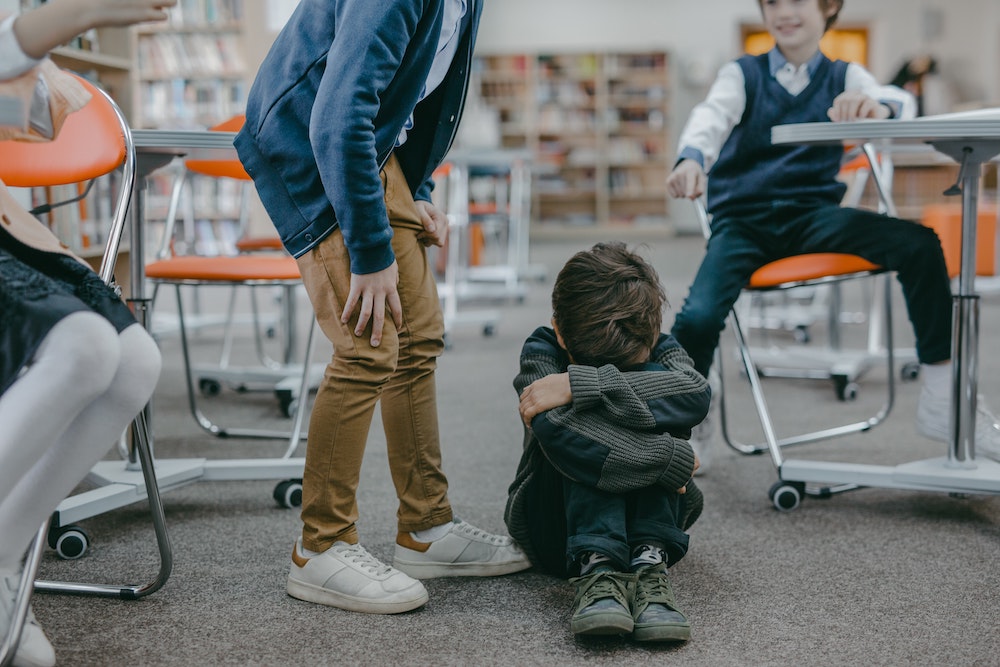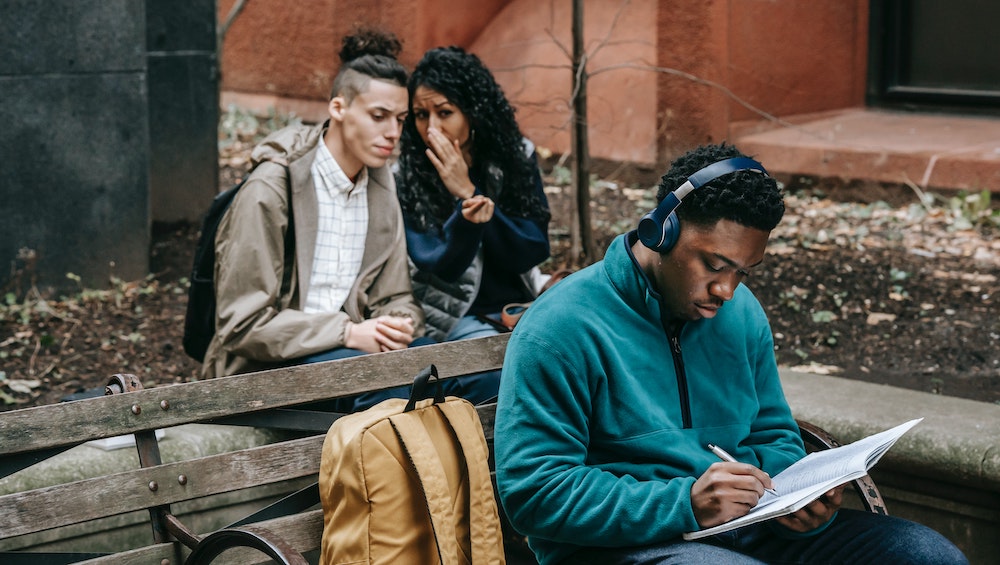Social Bullying: Is It Happening To Your Child?
Social bullying has become a bigger and bigger issue in our society. How can you know if it's happening to your child?

It used to be that bullying came in basically one form: getting beat up on the schoolyard or in the neighborhood. For as long as the term bullying has been around, this has been the common association with the word. But now, in a world of almost constant connection, bullying can take on a number of different meanings. And one of them is rising to the top (so to speak) in terms of its prevalence, use, and overall damage to folks on an individual level. It’s called social bullying and we are seeing it crop up in all manners of life.
Social bullying has taken on a new meaning in recent years with the growth of social media and more ways for children to connect outside of school hours. It’s meant parents and communities alike working to stop it while also trying to get to the root of why it happens. Social bullying, as you’ll see, can have incredibly negative side effects on its victims and can tell us a lot, at least on a societal level, about what is happening with our children these days. Let’s take a look at social bullying, its meaning, examples, signs to look for in children, and how we can begin curbing it on micro and macro levels.
WHAT IS SOCIAL BULLYING?
Social bullying is what it sounds like, bullying not on a physical level but on a social and relationship level. Those engaged in social bullying towards another person are trying to break down friendships and relationships for others, weakening the social-emotional fabric of that person while also looking to damage their reputation in the process. Whereas physical bullying would have effects like black eyes, bumps, and bruises, social bullying can be more of a “silent” threat in that it’s hard for parents to see it happening in real-time, or even immediately after. And sometimes social bullying can be in the form of microaggressions that will take quite a bit of time to really come out to the forefront.
This can be a scary prospect for many parents, wondering if social bullying is happening to children without any knowledge that it’s occurring. Because it can happen in a variety of ways and through a number of different mediums, it does take some vigilance on the part of the parent to look for when/ if social bullying is happening to their child OR if a child is engaged in it as the instigator.
EXAMPLES OF SOCIAL BULLYING

For those worried about the prospect of social bullying happening to their child, this list isn’t going to make you feel a whole lot better. That’s because it can come in so many different forms that monitoring it or combatting its effects can sometimes feel pretty tough.
Social bullying, on a physical level, doesn’t mean outright fighting between two children, but rather one seeking to embarrass or intimidate another through sometimes less obvious ways. This can mean tripping or playing practical jokes on another with the goal of embarrassing and humiliating another child in front of their peers or classmates. Another form is copying or mimicking the behaviors of a child in order to elicit a reaction from the child or others. This is usually around a negative physical trait.
Another form of social bullying would be almost going the complete opposite direction. This is when a bully encourages a group of peers to ignore another child. We know that this kind of shunning among others can have a devastating emotional side effect for the victim, and is sometimes very difficult to see or even prove when it comes to social bullying. The signs for this type aren’t necessarily overt, and can sometimes be unclear if it’s even happening.
CYBERBULLYING

To some degree, the above examples of social bullying have been happening for decades. There have long been issues in schools around the more “popular” forms of social bullying and parents might have more of a track record of understanding those types. But cyberbullying has introduced a totally new form, one that parents can sometimes feel helpless in trying to combat.
Often, cyberbullying as a form of social bullying takes many of the same beats as the examples listed above, but just sets them in the context of an online world on social media platforms. Cyberbullying, as an overt practice can mean posting embarrassing photos or videos online meant to harm someone else’s reputation or just plain screw with their psyche. Heck, this happens with adults as well. Look no further than one of the new movies on Netflix this week with The Most Hated Man on the Internet to see what I mean there.
Gossiping or creating rumors about a classmate or peer is another form of social bullying that can spread like wildfire on social media accounts. But there is a form of social bullying that can take the form of ignoring as well. This can mean unfriending someone or just ignoring their messages with the intent of causing emotional hardship on another. Again, this is the shunning piece we talked about, but on social media.
And finally, one that doesn’t always have a great real-world comp but can be also a nasty form of social bullying is gaining access to another’s account or accounts in an effort to post embarrassing messages or photos as if they were that person.
VICTIMS AND SIGNS

Unfortunately, it does seem that often females are most likely to be socially bullied by their peers than males. According to the US Department of Education, 20% of females said they’d experienced social bullying as opposed to 13% of males in the same cohort. And in terms of ages, it’s time to start looking out for this as early as 5th and 6th grade (10-12 years old).
And in terms of things to look out for, well, the list isn’t amazing but you are going to want to see if children are exhibiting signs of loneliness, social anxiety, or depression. And it can even manifest itself in physical ways as well through body harm, appetite loss, weight loss, weight gain, and more. It’s a wide spectrum of effects this can have on a child if they are going through the stages of social bullying and it can manifest in a myriad of ways. It’s why vigilance and care on the part of parents and educators is so important these days.
PREVENTING AND DEALING WITH SOCIAL BULLYING
If you feel a child is a victim of social bullying or even have definitive proof it’s important to sit down with the victim and the aggressor as soon as possible. From the victim’s side, understanding that social bullying is not their fault is paramount. Bullying is almost always, at its heart, an emotional issue on the part of the bully themself. Because the latter’s own feelings of loneliness and insecurity (among other things) come out in the form of aggression or abusive behavior they want to have power over another. Conveying this to the victim is important. The subject of bullying must know that they aren’t the ones in the wrong here.
Working on positive self-confidence for the victim of social bullying is imperative as well. Building up the child who’s been bullied to have increased self-worth and confidence is another way to help from being socially bullied. It is tough to have “power” over someone who sees themselves in a positive light. This is a long-game approach but will have dramatic down-chain effects for the child in the long run.



